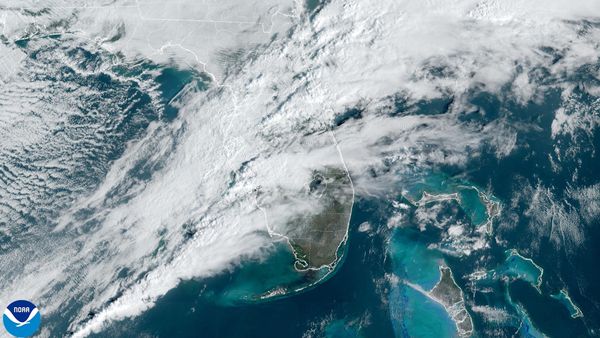

The Bills are in need of an offense that doesn’t fore Josh Allen to do everything, and the addition of Dalton Kincaid is certainly a step in the right direction. There is no other tight end in this class — and few receivers overall — with Kincaid’s ability to win contested catches, beat both man and zone coverage with timing and spacing, and use pure speed to get things done. The Bills have had all kinds of issues getting past the Chiefs in recent years, and Kincaid reminds me of Travis Kelce, so that’s a positive step.
Height: 6′ 3⅝” (25th) Weight: 246 (20th)
40-Yard Dash: N/A
10-Yard Split: N/A
Bench Press: N/A
Vertical Jump: N/A
Broad Jump: N/A
3-Cone Drill: N/A
20-Yard Shuttle: N/A
Wingspan: 78⅜” (40th)
Arm Length: 32⅝” (32nd)
Hand Size: 10¼” (81st)
Bio: A multi-sport guy as he was growing up, Kincaid didn’t really start playing tackle football until his senior year in high school. That’s when he became a receiver for Faith Lutheran High School in Las Vegas, Nevada. Basketball had been Kincaid’s primary sport, but the no-star recruit signed with San Diego and played two year there before deciding to explore what might be available at bigger schools. The 2019 Third Team All-American, who led all FCS tight ends in receiving yards, chose Utah as his next destination. Over three seasons with the Utes, Kincaid caught 107 passes for 1,414 yards and 16 touchdowns. In 2022, he lined up to the formation on 376 snaps, with 257 in the slot, 49 out wide, and one in the backfield.
Stat to Know: If you watch Kincaid’s tape and assume that he’s a killer against zone coverage, you would be correct. His 45 receptions against zone ranked first among all tight ends not only in this class, but in the FBS. Kincaid gained 626 yards on those catches, also tops in the nation, and only Notre Dame’s Michael Mayer had more touchdown with four than Kincaid’s three.
Strengths: Kincaid is just creeping death to basic zone coverage for a few reasons: He has the speed to get through the first gates, he’s on point when it’s time to stop and catch, and he’s just a bully after the catch. You need to have a better plan for this guy once he gets going than Colorado’s defense did here.
And though his athleticism is a primary attribute, Kincaid can also be a real problem for defenses with contested catches. Even with defenders all over him, the ball is more his than it is theirs.
In those aforementioned 3×1 sets, the “Y-iso” — the tight end who can align alone to one side of the field and make big plays — is of primary importance if your tight end has the skills to get that done. Kincaid’s athletic attributes and ball-tracking ability project him quite well into that particular scenario.
Weaknesses: Kincaid seems to be a willing blocker most of the time, but it obviously wasn’t a point of focus at Utah. He needs some work latching onto his targets and making his blocks look like more than effort reps with minimal results. There are other instances in which… well, let’s just say he’ll need to be coached up at the next level with this stuff.
Conclusion: Any NFL team would find Kincaid to be an asset in its offense, but those teams most dependent on multiple tight end sets — think the Chiefs, Ravens, Seahawks, Falcons, and Packers — would especially love what he brings as a space weapon capable of major plays all over the field. Maybe your second and third tight ends are the big blockers, and you just have Kincaid working defenses to all three levels. There is no other tight end in this class more capable of winning in these roles.
NFL Comparison: Travis Kelce. The Chiefs took Kelce out of Cincinnati in the third round of the 2013 draft, and after a rookie season in which he didn’t make an impact due to a knee injury, Kelce quickly became an epicenter of a Kansas City offense that has become exponentially more complex, explosive, and hard to stop in the last decade. Kincaid projects so well in many of the areas that have made Kelce a future Hall-of-Famer.







